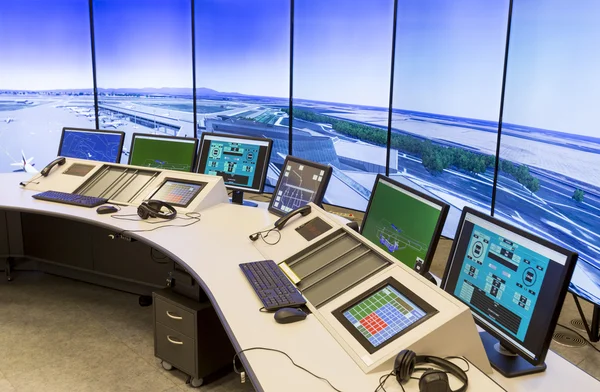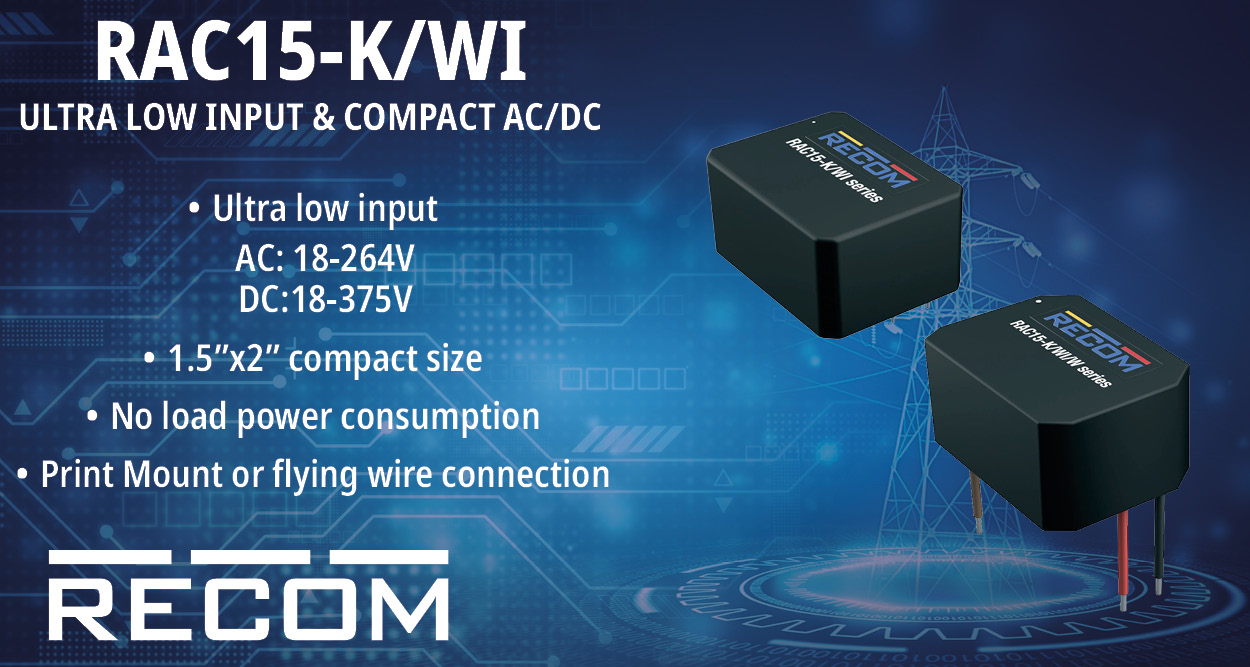The aviation industry is witnessing an unprecedented transformation fueled by technological evolution, growing passenger traffic, and the increasing complexity of global airspace. At the heart of this transformation lies Air Traffic Control (ATC) equipment an indispensable element of the aviation ecosystem. As the skies become more crowded and the demands for safety, efficiency, and sustainability rise, the ATC equipment market is rapidly evolving to meet the needs of both commercial and military aviation sectors.
According to Precedence Research, the global ATC equipment market is projected to grow from USD 11.79 billion in 2025 to approximately USD 24.05 billion by 2034, registering a compound annual growth rate (CAGR) of 8.26% during the forecast period. This growth is fueled by the increasing demand for air travel, modernization of existing ATC systems, and the integration of advanced technologies such as artificial intelligence and machine learning
Market Overview and Future Potential
The global ATC equipment market is on a steady growth trajectory. With air travel recovering post-pandemic and the aviation infrastructure expanding globally, the demand for advanced ATC systems is surging. Key regions such as Asia-Pacific, the Middle East, and Africa are investing heavily in new airports and upgrading existing control towers. Meanwhile, North America and Europe are focused on overhauling outdated systems through modernization programs and digitalization.
The future of this market is not just about replacing old hardware but also about enabling smarter air traffic management with AI, data analytics, and remote capabilities. As nations prioritize airspace optimization and capacity building, the ATC equipment sector is becoming a focal point of strategic investment.
Regional Insights and Investment Opportunities
The Asia-Pacific region is emerging as a dominant force in the ATC equipment market. In 2025, the region’s market size is estimated at USD 4.24 billion, with a projected CAGR of 8.40% through 2034. This growth is attributed to the rapid expansion of aviation infrastructure, rising air passenger traffic, and government initiatives aimed at enhancing airspace safety and efficiency.
North America and Europe continue to hold significant market shares, driven by ongoing upgrades to aging ATC systems and the adoption of next-generation technologies. The United States, in particular, is investing heavily in modernizing its air traffic control infrastructure to address challenges related to system outages and staffing shortages.
Segmentation and Application Areas
The ATC equipment market is broadly categorized into communication, navigation, surveillance, and automation systems. Each category plays a vital role in ensuring real-time situational awareness, operational efficiency, and safety across airspace boundaries.
Communication systems facilitate continuous contact between pilots and ground control, while navigation systems provide precise route mapping. Surveillance equipment, including radar and ADS-B systems, enables accurate aircraft tracking. Automation systems, which are gaining significant traction, support air traffic controllers with tools for conflict detection, trajectory prediction, and traffic sequencing.
In terms of application, the commercial aviation segment dominates, but there is a growing demand from the military, private aviation, and emerging sectors such as unmanned aerial vehicles (UAVs) and urban air mobility (UAM).
Technology and Innovation Trends
One of the most transformative shifts in the ATC equipment market is the adoption of artificial intelligence and machine learning. These technologies are empowering air traffic management systems to forecast congestion, detect anomalies, and automate repetitive tasks, ultimately reducing human error and enhancing safety.
Remote and digital control towers are emerging as a game-changer, especially for regional and low-traffic airports. These towers use high-resolution cameras and sensors to replicate traditional control tower functions from centralized locations, cutting costs and improving operational flexibility.
Space-based air traffic surveillance through satellite systems is also gaining traction. It enables global coverage, especially over oceanic and remote regions where conventional radar is ineffective. Additionally, advancements in cybersecurity are becoming crucial as ATC systems grow more interconnected and digitized.
Key Market Drivers
Several factors are fueling the demand for modern ATC equipment. The most prominent driver is the increase in global air traffic, especially in Asia-Pacific, driven by economic growth, tourism, and expanding airline networks. Secondly, the pressure to enhance safety standards and comply with international aviation regulations is pushing authorities to upgrade legacy systems.
The rising integration of drones and autonomous aircraft into civilian airspace is another significant driver. Governments and regulatory bodies are working toward developing unified traffic management systems that can seamlessly handle manned and unmanned flights.
Sustainability is also becoming a key focus. By optimizing flight paths and reducing delays, modern ATC systems contribute to lower fuel consumption and reduced carbon emissions, aligning with the aviation industry’s broader environmental goals.
Competitive Landscape
The ATC equipment market is moderately consolidated, with a mix of global giants and regional players. Companies such as Thales Group, Raytheon Technologies, Honeywell International, Indra Sistemas, L3Harris Technologies, and Leonardo dominate the landscape with robust portfolios of surveillance, navigation, and automation systems.
These companies are investing heavily in R&D to stay ahead in a competitive environment. Strategic collaborations with governments, airport authorities, and aerospace firms are also shaping the market. Innovation, adaptability to evolving regulations, and system integration capabilities are critical success factors.
Air Traffic Control (ATC) Equipment Market Top Companies
- Cobham Limited
- Advanced Navigation and Positioning Corporation
- BAE Systems
- Endeavor Business Media, LLC.
- L3Harris Technologies, Inc.
- Intelcan Technosystems Inc
- Lockheed Martin Corporation
- Indra
- Northrop Grumman
- Verdict Media Limited.
- RTX
- Thales
- Searidge Technologies
Challenges and Strategic Recommendations
Despite its positive outlook, the ATC equipment market faces several challenges. High capital investment, complex regulatory approvals, and lengthy procurement cycles can slow down project execution. Additionally, interoperability issues between legacy systems and new technologies require meticulous integration planning.
To overcome these barriers, businesses should adopt a phased implementation approach, prioritize modular and scalable systems, and invest in cybersecurity frameworks. Governments and private stakeholders must collaborate to streamline regulations, support innovation, and ensure seamless adoption of next-gen ATC systems.
Source: https://www.precedenceresearch.com/air-traffic-control-equipment-market

















